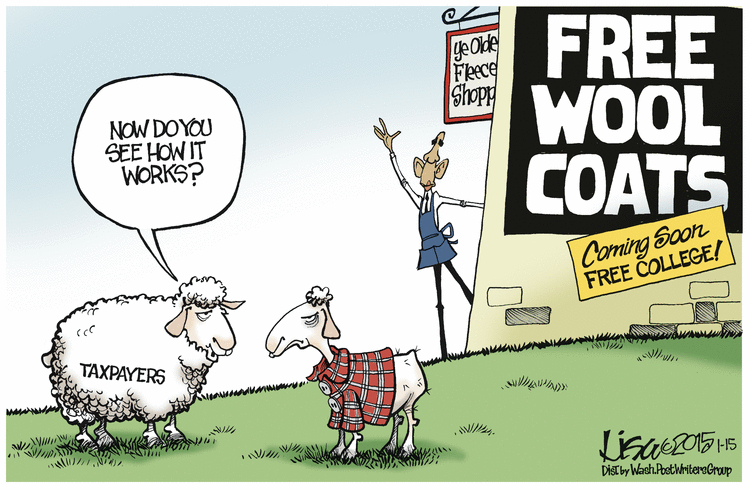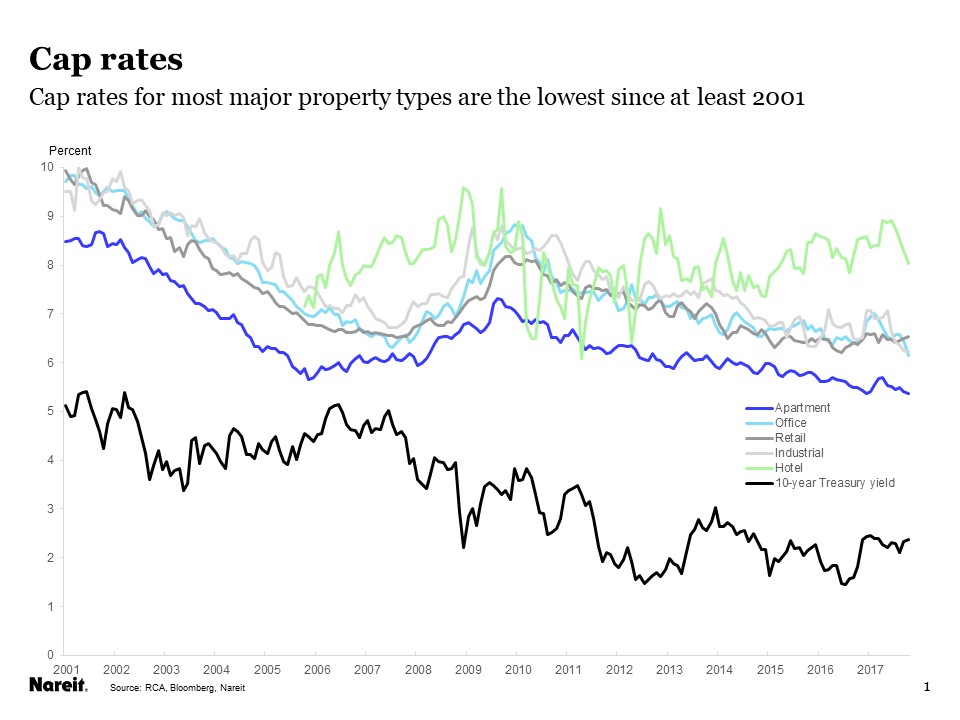
If the stock never moves past the strike price and the contract expires worthless, the trader would lose 100% of the initial debit paid up front. When one party makes a profit, the other incurs a loss, and vice versa. Potential profits and losses depend on the price action of the stock in relation to the contract’s strike price as well as other relevant factors. Put contract owners want the stock price to go down, and the contract to move ITM.
PUT Option: Example, How it Works, Call Option Differences – Macrohive
PUT Option: Example, How it Works, Call Option Differences.
Posted: Wed, 15 Feb 2023 08:00:00 GMT [source]
We’re transparent about how we are able to bring quality content, competitive rates, and useful tools to you by explaining how we make money. Many or all of the products featured here are from our partners who compensate us. This influences which products we write about and where and how the product appears on a page. He holds a BS from the University of Illinois at Urbana-Champaign and an MBA from Illinois Institute of Technology, Stuart School of Business. My Accounting Course is a world-class educational resource developed by experts to simplify accounting, finance, & investment analysis topics, so students and professionals can learn and propel their careers.
SHORTING STOCKS
Hopes the underlying stock will trade above strike price by expiration so the option can be exercised or resold. Buying put options can be attractive if you think a stock is poised to decline, and it’s one of two main ways to wager against a stock. A put option is the right for an investor to sell an asset at a pre-determined exercise price on a certain date known as the put option expiration. Liam thinks that the share price of the technology stock will decline, so he buys the put to hedge against the price decline.
Why the best money decisions don’t have to make financial sense – Sydney Morning Herald
Why the best money decisions don’t have to make financial sense.
Posted: Tue, 08 Aug 2023 19:10:00 GMT [source]
Bankrate follows a strict
editorial policy, so you can trust that our content is honest and accurate. Our award-winning editors and reporters create honest and accurate content to help you make the right financial decisions. The content created by our editorial staff is objective, factual, and not influenced by our advertisers. Bankrate follows a strict editorial policy, so you can trust that we’re putting your interests first. While we adhere to strict
editorial integrity,
this post may contain references to products from our partners.
What is CFD trading?
The put writer’s total potential loss is limited to the put’s strike price less the spot and premium already received. Puts can be used also to limit the writer’s portfolio risk and may be part of an options spread. Put options are most commonly used in the stock market to protect against a fall in the price of a stock below a specified price. In this way the buyer of the put will receive at least the strike price specified, even if the asset is currently worthless. Out of the money (OTM) and at the money (ATM) put options have no intrinsic value because there is no benefit in exercising the option.
- But done prudently, selling puts can be an effective strategy to generate cash, especially on stocks that you wouldn’t mind owning if they fell.
- Then the put seller keeps the premium paid for the put while the put buyer loses the entire investment.
- The buyer has the right to sell the puts, while the seller has the obligation and must buy the puts at the specified strike price.
- A put option is a contract that allows the owner the right (but not the obligation) to sell an asset at a predetermined price, known as the strike price.
- Generally, a put option that is purchased is referred to as a long put and a put option that is sold is referred to as a short put.
- In this way the buyer of the put will receive at least the strike price specified, even if the asset is currently worthless.
The risks of loss from investing in CFDs can be substantial and the value of your investments may fluctuate. 72% of retail client accounts lose money when trading CFDs, with this investment provider. CFDs are complex instruments and come with a high risk of losing money rapidly due to leverage.
Options
Limit orders are also a must with options trades, so that you avoid running up your costs. With a limit order you specify the price you’re willing to accept for a trade, and if the market can’t meet your price, your define put option trade won’t execute. As you’re placing your trade, you’ll also want to consider the breakeven price for your trade, that is, what price does the stock need to reach before you make money on the option at expiration.
Put options become more valuable as the underlying stock’s price falls and loses value when the stock’s price rises. Generally, the value of a put option can also decrease as it approaches the expiration date. This is known as time decay; to minimize this Cummings suggests purchasing contracts that go out at least days. If you’re looking to trade options, you can sell them as well as buy them.
Put option
This ability to magnify potential gains makes put options more attractive to some traders than investing in stocks. The value of a put option appreciates as the price of the underlying stock depreciates relative to the strike price. On the flip side, the value of a put option decreases as the underlying stock increases. Conversely, a put option loses its value as the underlying stock increases.

Investors do not need to own the underlying asset for them to purchase or sell puts. The buyer of the put has the right, but not the obligation, to sell the asset at a specified price, within a specified time frame. A put option gives its holder the right to sell common stock at a stated price for a stated period of time. The price at which the holder can sell stock is called its strike price. A put option can be quite valuable if the market price of the stock in question is declining over time, since the holder of the option can still sell the stock at a higher price.
Traders commonly buy put options if they think an underlying’s price will experience a significant drop in the near-term and implied volatility (IV) will increase prior to the option’s expiration date. For most products, a drop in the stock price can result in an increase in IV. Put owners don’t have to own the physical asset to secure the right to sell it if they exercise the option, which limits their monetary risk.
You’re our first priority.Every time.
If the investor does not hold the underlying stock and exercises a put option, this would create a short position in the stock. Selling a put option is a bullish position, as you are betting against the movement of the stock price below your strike price– so, you’d sell a put if you think that the underlying’s price will rise. If the underlying’s price does, indeed, increase and the short option expires OTM, you’d make a profit. Whereas, if the market moves against you and the underlying’s price drops past the put strike by more than the credit received up front, you’d incur a loss.
For our example, the strike price was $100 and the current price is $80. Tastytrade has entered into a Marketing Agreement with tastylive (“Marketing Agent”) whereby tastytrade pays compensation to Marketing Agent to recommend tastytrade’s brokerage services. The existence of this Marketing Agreement should not be deemed as an endorsement or recommendation of Marketing Agent by tastytrade. Tastytrade and Marketing Agent are separate entities with their own products and services. The buyer pays the seller a pre-established fee per share (a «premium») to purchase the contract. The value of shares and ETFs bought through a share dealing account can fall as well as rise, which could mean getting back less than you originally put in.
Put options are traded on various underlying assets, including stocks, currencies, bonds, commodities, futures, and indexes. A put option can be contrasted with a call option, which gives the holder the right to buy the underlying security at a specified price, either on or before the expiration date of the option contract. As a put buyer, your potential loss is equivalent to the debit paid up front for the put contract.

Time value, or extrinsic value, is reflected in the premium of the option. If the strike price of a put option is $20, and the underlying is stock is currently trading at $19, there is $1 of intrinsic value in the option. The extra $0.35 is time value, since the underlying stock price could change before the option expires. Different put options on the same underlying asset may be combined to form put spreads. Suppose you buy a 30-day put option on Company XYZ stock at a premium, i.e. debit paid, of $5 per share ($500 in real dollar terms) and a strike price of $900. If the stock experiences a price drop that passes the strike price by more than $5 by the expiration date, you can sell the contract at a higher premium for a net profit.

